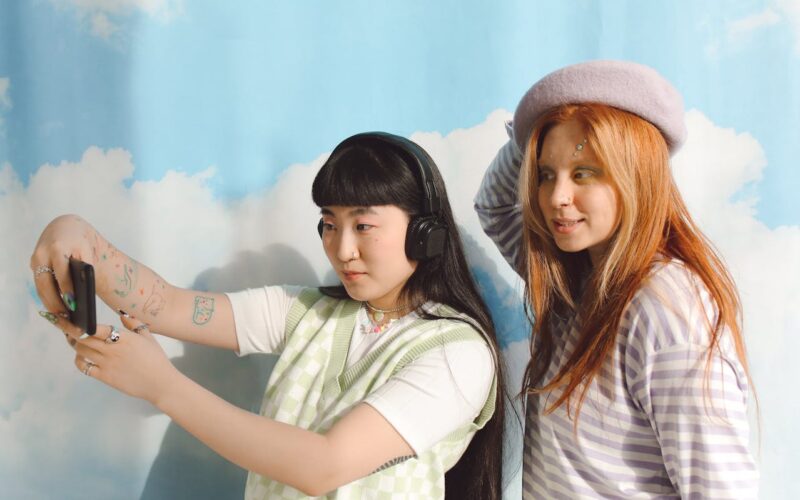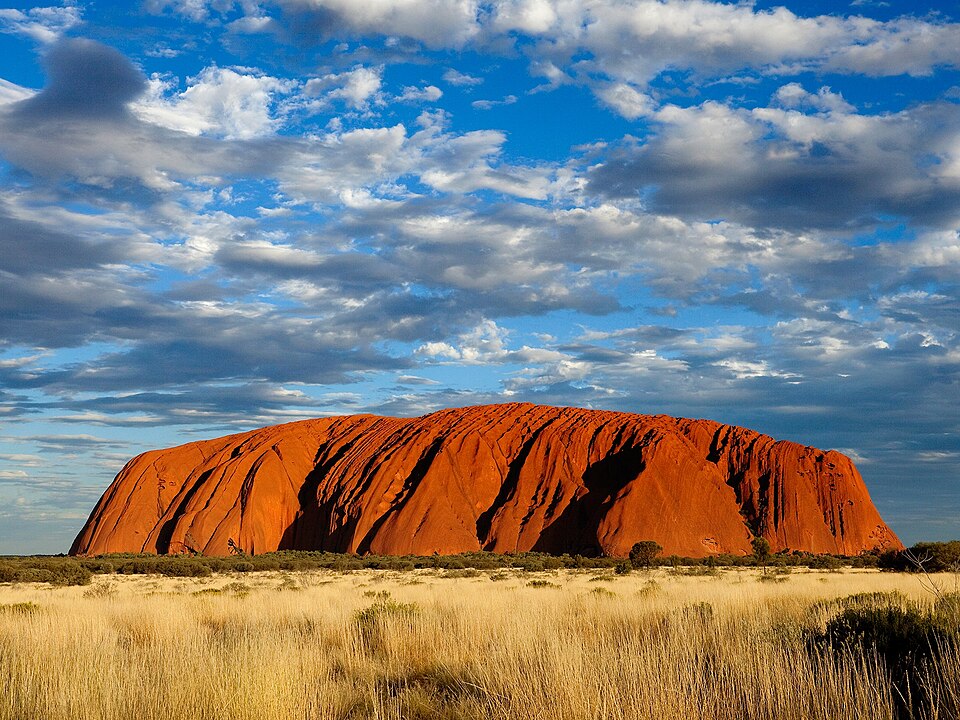The year 2000 doesn’t seem that distant, until you remember what life was actually like. From tech habits to fashion choices, many things we did without a second thought would definitely raise eyebrows now. The internet was clunky, social media didn’t exist, and our idea of cool was wildly different. Whether it’s awkward trends or outdated norms, the early 2000s were a quirky time capsule. Here are 12 things that were perfectly normal then, but would leave people puzzled today.
1. Burning CDs for Everyone

Back in 2000, making a “mix CD” for your friends or crush was the ultimate gesture. People proudly labeled stacks of burned discs with Sharpies, compiling favorite songs from Napster or LimeWire. Sharing pirated music was normal, even expected. Today, with Spotify playlists and music licensing crackdowns, burning CDs seems outdated, and illegal. Plus, most laptops don’t even have CD drives anymore, making this beloved early-2000s ritual practically extinct and definitely eyebrow-raising now.
2. Smoking Sections in Restaurants
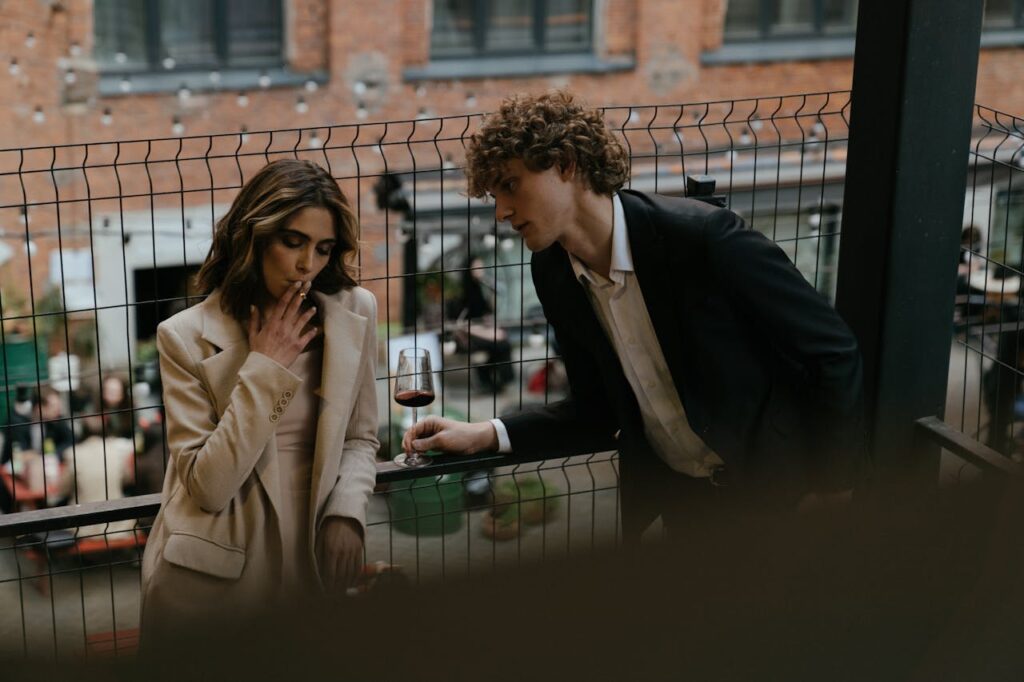
Believe it or not, many restaurants used to ask, “Smoking or none?” Smoking sections were common in public places, airports, diners, even offices. The idea that cigarette smoke could be “contained” in one part of a room feels absurd now. Today, indoor smoking bans are widespread, and lighting up indoors would be met with shock or fines. This once-normal practice from the year 2000 now seems almost unimaginable, especially in places with strict public health standards.
3. Logging Into Chat Rooms for Fun

In the early 2000s, hopping into anonymous chat rooms on AOL or Yahoo! was a common way to meet strangers and kill time. People used screen names like “Sk8rDude88” and chatted for hours with folks they’d never met. Privacy concerns weren’t top of mind, and no one thought twice about revealing personal info. Today, with online safety a major concern and platforms heavily moderated, unfiltered chat rooms would raise serious red flags, and probably get shut down.
4. Low-Rise Jeans as a Fashion Staple
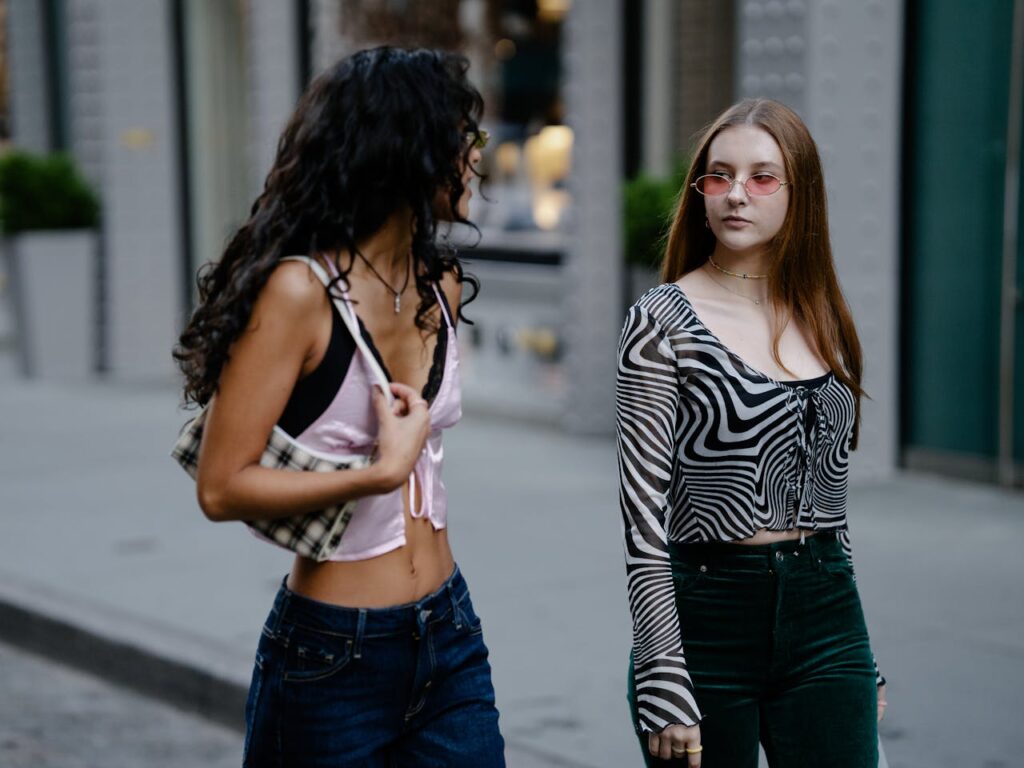
Low-rise jeans were the height of fashion in 2000, made iconic by celebrities like Britney Spears. These jeans sat dangerously low, revealing everything from thong straps to belly button piercings. At the time, it was trendy and cool, but comfort and body inclusivity weren’t part of the equation. Today, fashion has shifted toward high-rise and relaxed fits, and the return of ultra low-rise often sparks confusion, criticism, or a collective “no thanks.”
5. Sharing Everything on Chain Emails
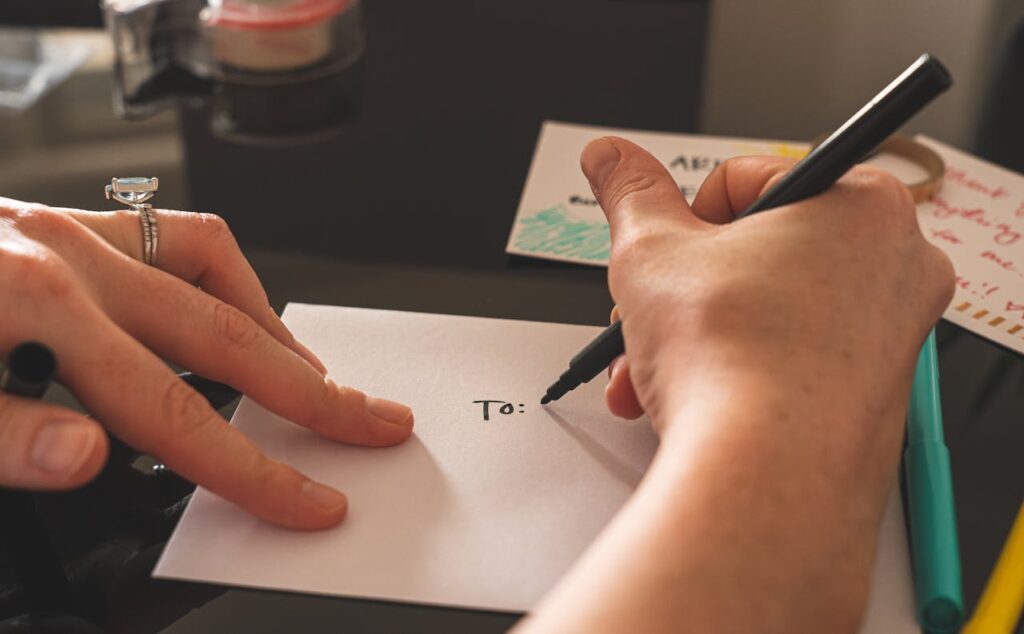
Chain emails ruled inboxes in 2000. Whether it was a “send this to 10 people or you’ll have bad luck” message or a hoax about a virus, people forwarded them endlessly. These digital superstitions were part entertainment, part fear. Today, this kind of content would be seen as spam, or worse, a phishing attempt. With improved email filters and a savvier internet culture, chain letters are mostly gone, and forwarding one would just feel weird.
6. Using MapQuest Printouts for Directions
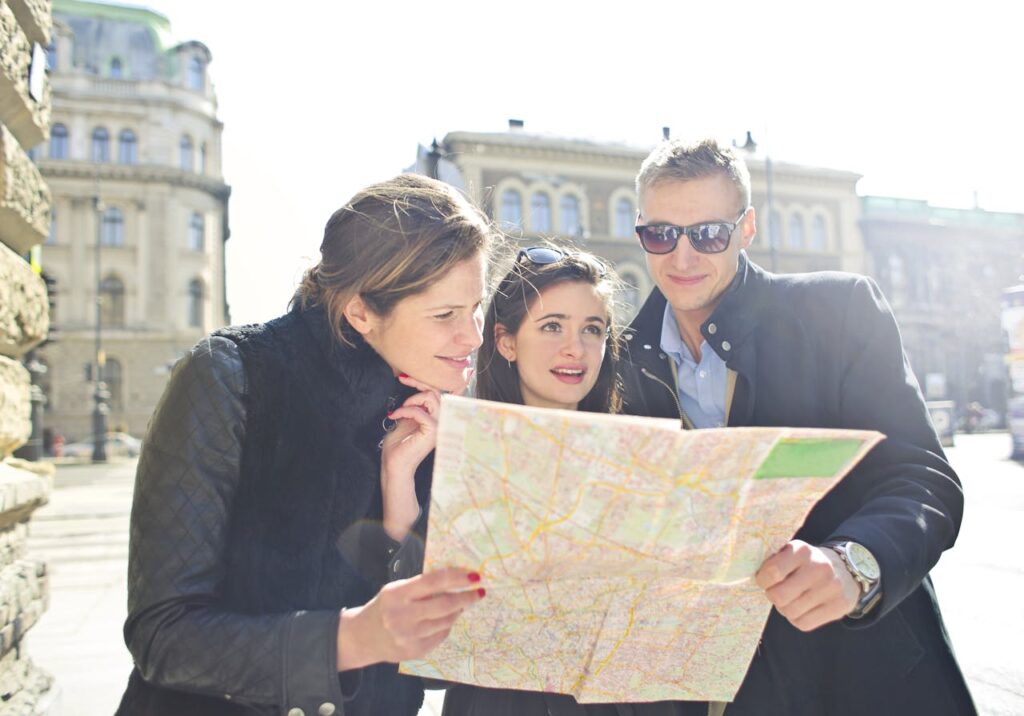
Before smartphones and GPS apps, the go-to method for getting around was printing directions from MapQuest. Drivers would tape the papers to their dashboards or memorize the steps. Getting lost meant pulling over and asking someone for help. Today, with Google Maps and real-time navigation, the idea of relying on a printed list of turns feels hilariously outdated, and even unsafe. It’s hard to imagine heading out without a digital map in your pocket.
7. Not Having Cell Phones at School
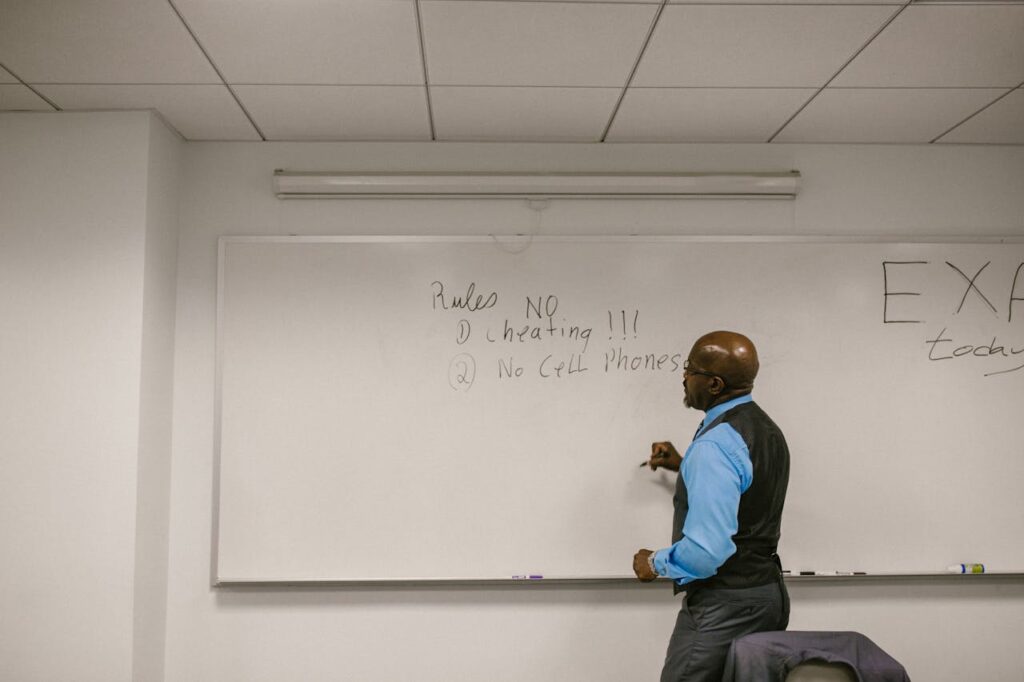
In 2000, most kids didn’t carry cell phones, and if they did, it was for emergencies only. Texting wasn’t common, and mobile internet didn’t exist. Schools banned phones entirely or treated them like contraband. Today, smartphones are practically extensions of students’ hands. With social media, school apps, and online homework, the idea of a no-phone classroom sounds impossible. The norm back then would now feel like a tech blackout to today’s teens.
8. Letting Celebrities Endorse Anything

From acne cream to diet pills, celebrities in the early 2000s slapped their faces on almost anything. There was little scrutiny over what they endorsed or whether it was ethical. Nobody blinked when a pop star sold sugary soda or a rapper promoted questionable supplements. Now, with influencer accountability and social media backlash, celebrity endorsements are dissected in seconds. The anything-goes attitude of 2000 would be met with major side-eye today.
9. Making Ringtones from Actual Songs

Custom ringtones were a big deal in 2000. People paid real money to download snippets of their favorite songs, or used clunky software to make their own. Having a personalized ringtone was part status symbol, part identity. Now, phones are set to silent or vibrate most of the time, and the idea of your phone loudly playing “Yeah!” by Usher in a public place would probably get you glares instead of compliments.
10. Taking Digital Cameras Everywhere
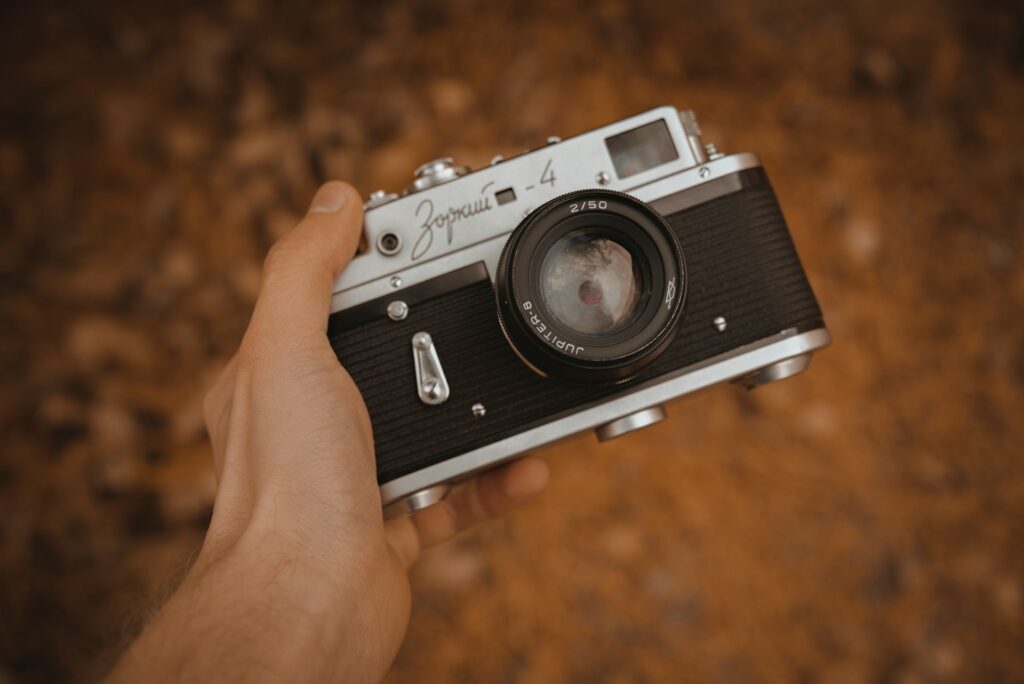
Carrying a digital camera to parties, vacations, or even school was common in 2000. People eagerly uploaded the photos to their computers, often using bulky cords or memory cards. Albums were shared on early platforms like MySpace or emailed around. Today, our phones do it all instantly, with editing, filters, and cloud storage built in. Carrying a separate camera now feels unnecessary and nostalgic, and whipping one out might even earn a few puzzled stares.
11. Buying Everything from Infomercials
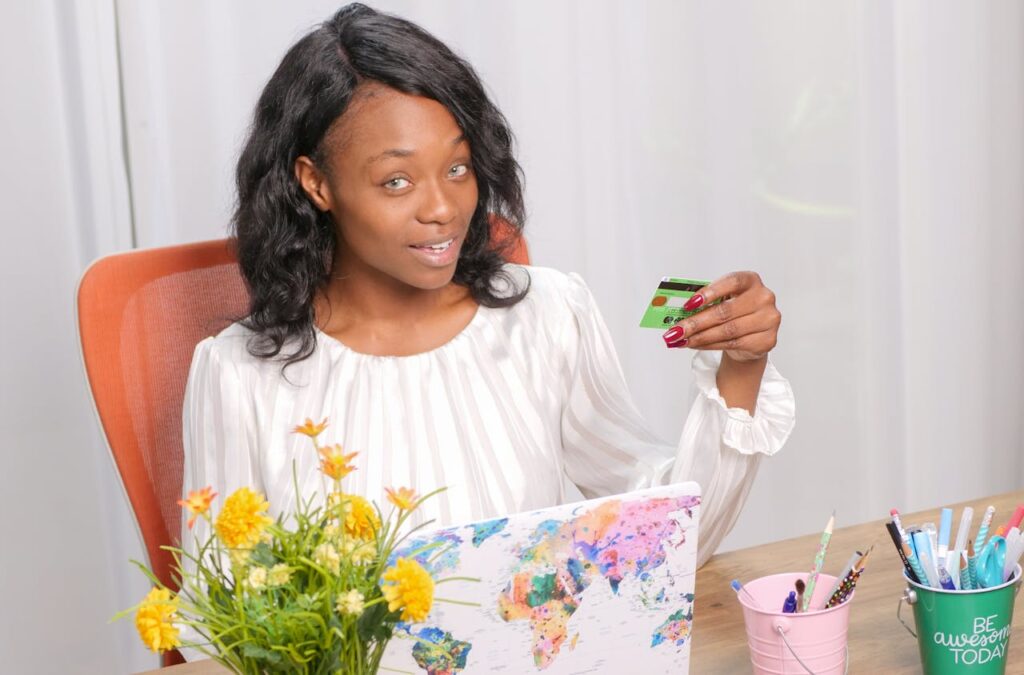
In 2000, late-night TV was filled with infomercials selling everything from blenders to miracle ab workouts. People actually picked up the phone and called to place orders. These ads, often loud and dramatic, made bold promises and offered “three easy payments.” Now, with online reviews and one-click shopping, most people avoid anything that screams “As Seen on TV.” The infomercial era may still exist, but today it feels more like a meme than a real sales tactic.
12. Wearing Bluetooth Earpieces in Public
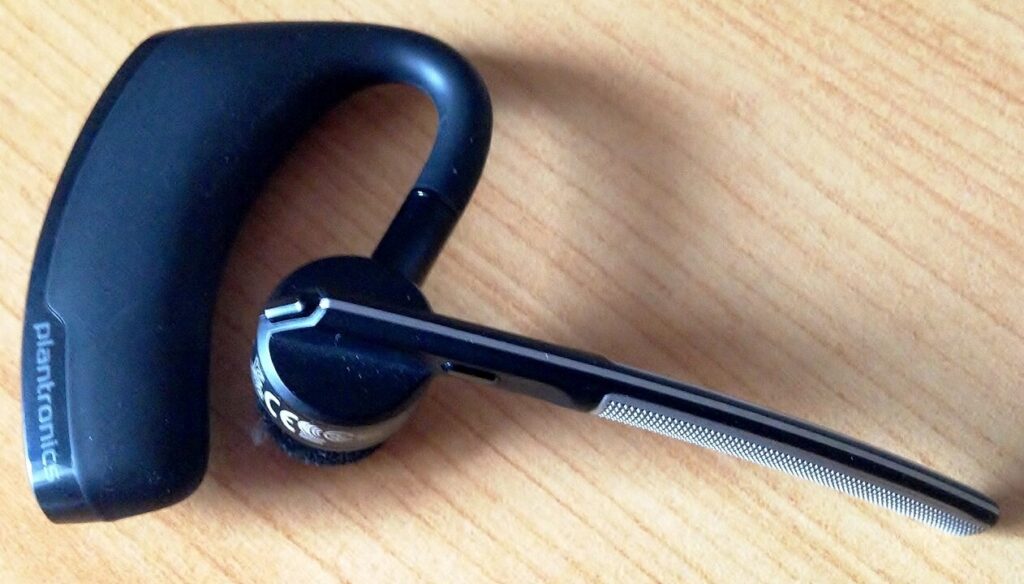
In the early 2000s, walking around with a blinking Bluetooth earpiece was the height of tech cool. Businesspeople and early adopters used them everywhere, coffee shops, sidewalks, even during errands. But the one-sided conversations made them seem like they were talking to themselves, and the flashing lights were hard to ignore. Today, discreet earbuds and wireless headsets have taken over, and wearing a chunky earpiece in public would draw more chuckles than admiration.
